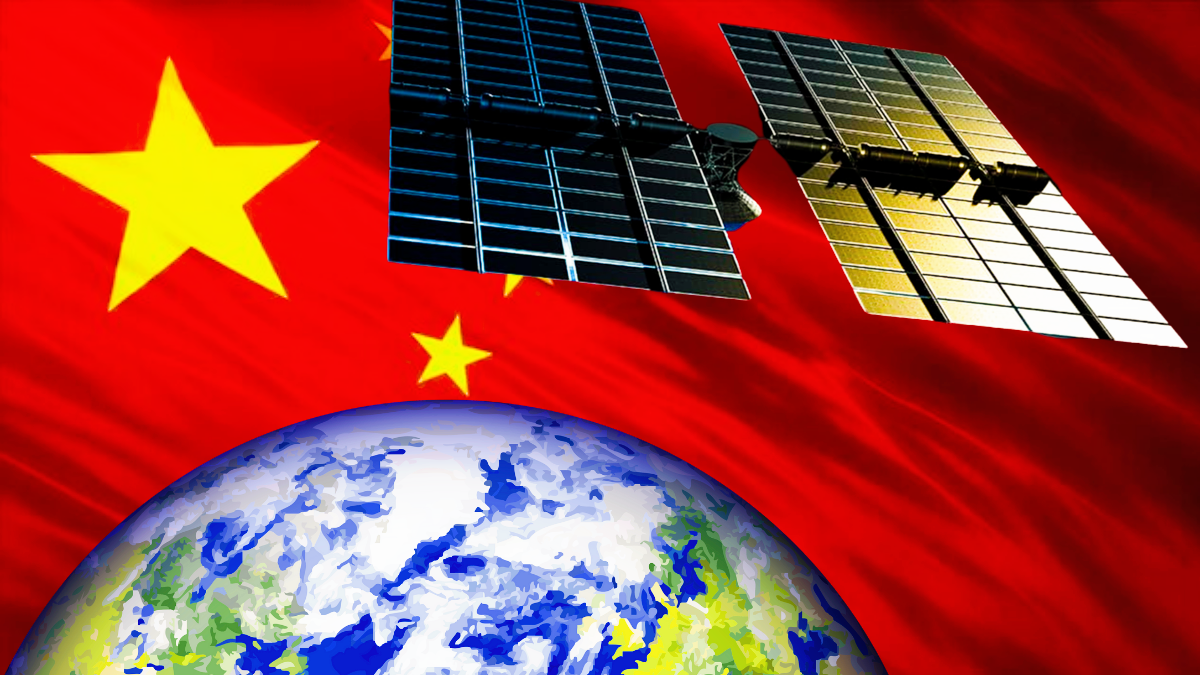China Launches First Giant Space Solar Power Station for Continuous Electricity Generation
July 17, 202552 ViewsRead Time: 2 minutes

Font Size
16
In a move that seems straight out of science fiction movies, China has unveiled an ambitious and unprecedented renewable energy project, which involves building a massive solar station rotating in space at an altitude of 36,000 kilometers above the Earth.
This giant station, with a total area of a square kilometer, will produce 100 billion kilowatt-hours of electricity annually, as part of China's efforts to achieve carbon neutrality by 2050 and establish its leadership in clean energy.
The space solar station will be placed in a geostationary orbit to ensure it remains above the same point on Earth, enabling continuous power generation without interruption, whether at night or during adverse weather conditions, distinguishing it significantly from ground-based solar power stations.
China is using the giant Long March 9 rocket, capable of carrying 150 tons per trip, with reusable technology to reduce costs and the number of launches, as reported by "Eco Portal".
The main advantage of this type of energy is that sunlight in space is ten times stronger than on the Earth's surface, and it is not affected by clouds or dust, operating around the clock without stopping, significantly increasing production efficiency while preserving the environment by reducing the need for large land areas.
The biggest challenge lies in transmitting energy from space to Earth, where it is converted into microwave beams sent to receiving stations on the ground, with the possibility of some loss in this process.
Chinese engineer Long Laha described the project as akin to "moving the Three Gorges Dam to space," indicating the scale of ambition and challenge, as the Three Gorges Dam is the largest hydroelectric project in the world.
With this project, China is not only aiming to lead the solar energy sector on Earth but is raising the bar to include space, to be at the forefront of countries illuminating the cities of the future through advanced space energy stations.